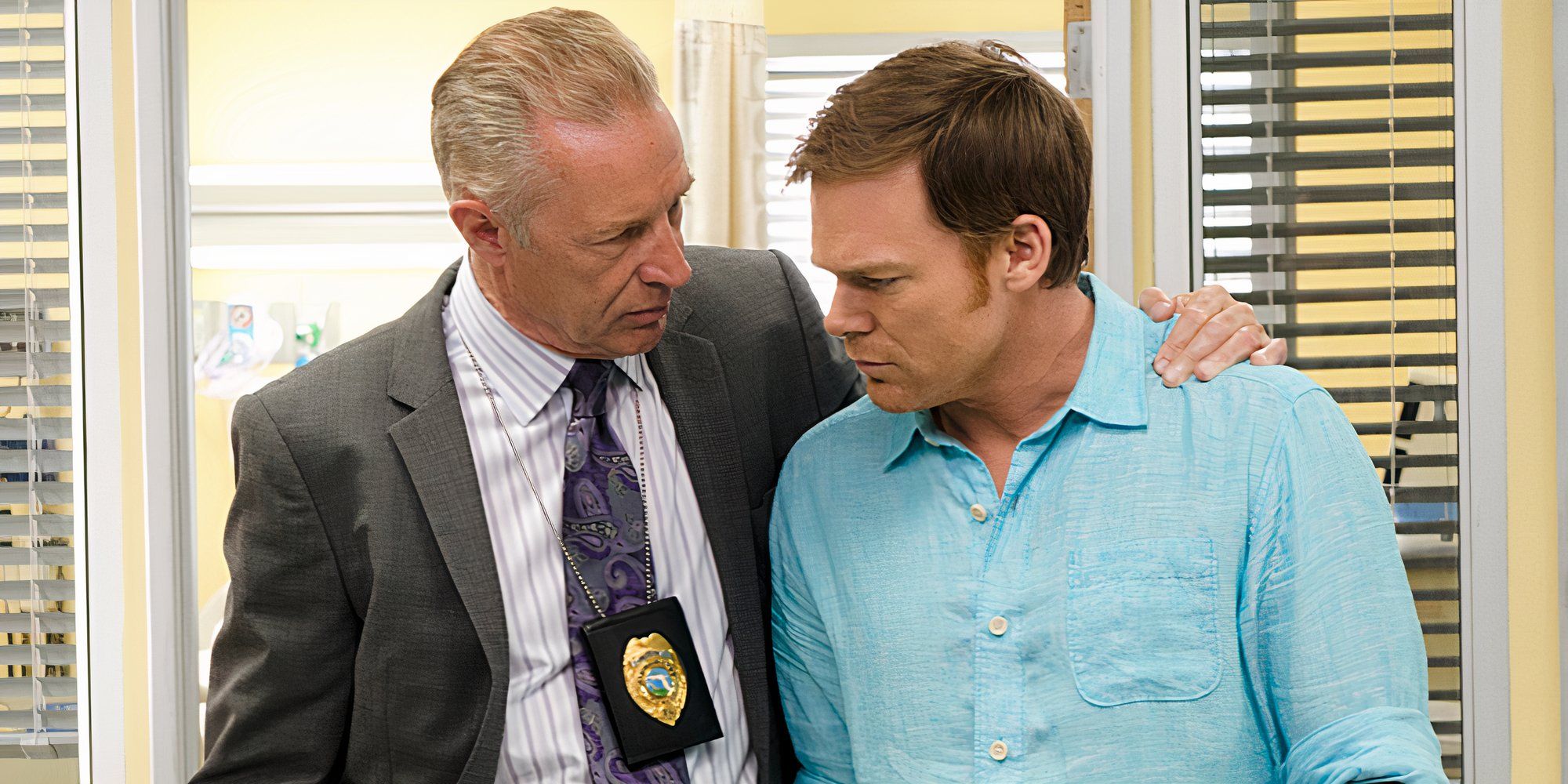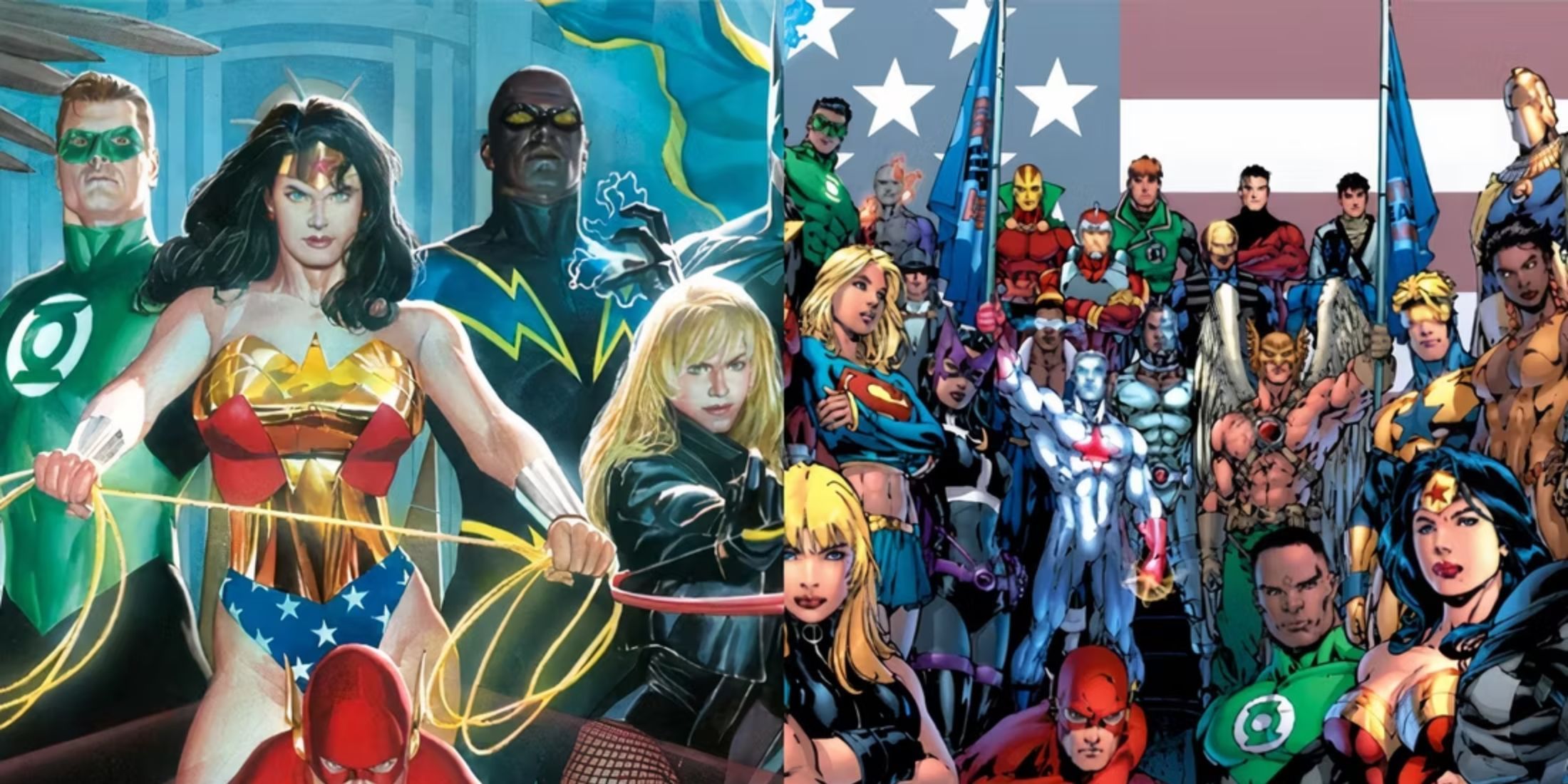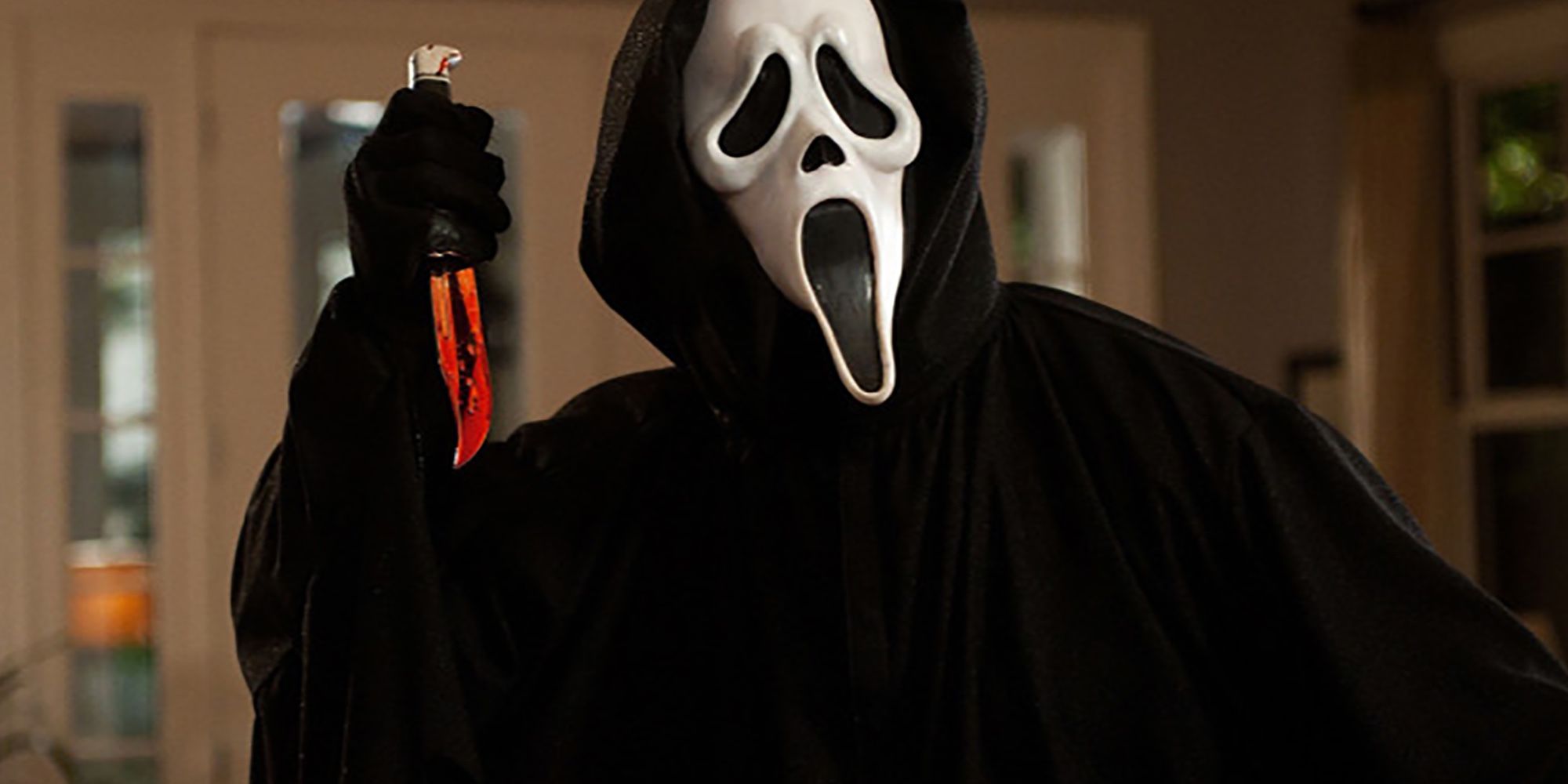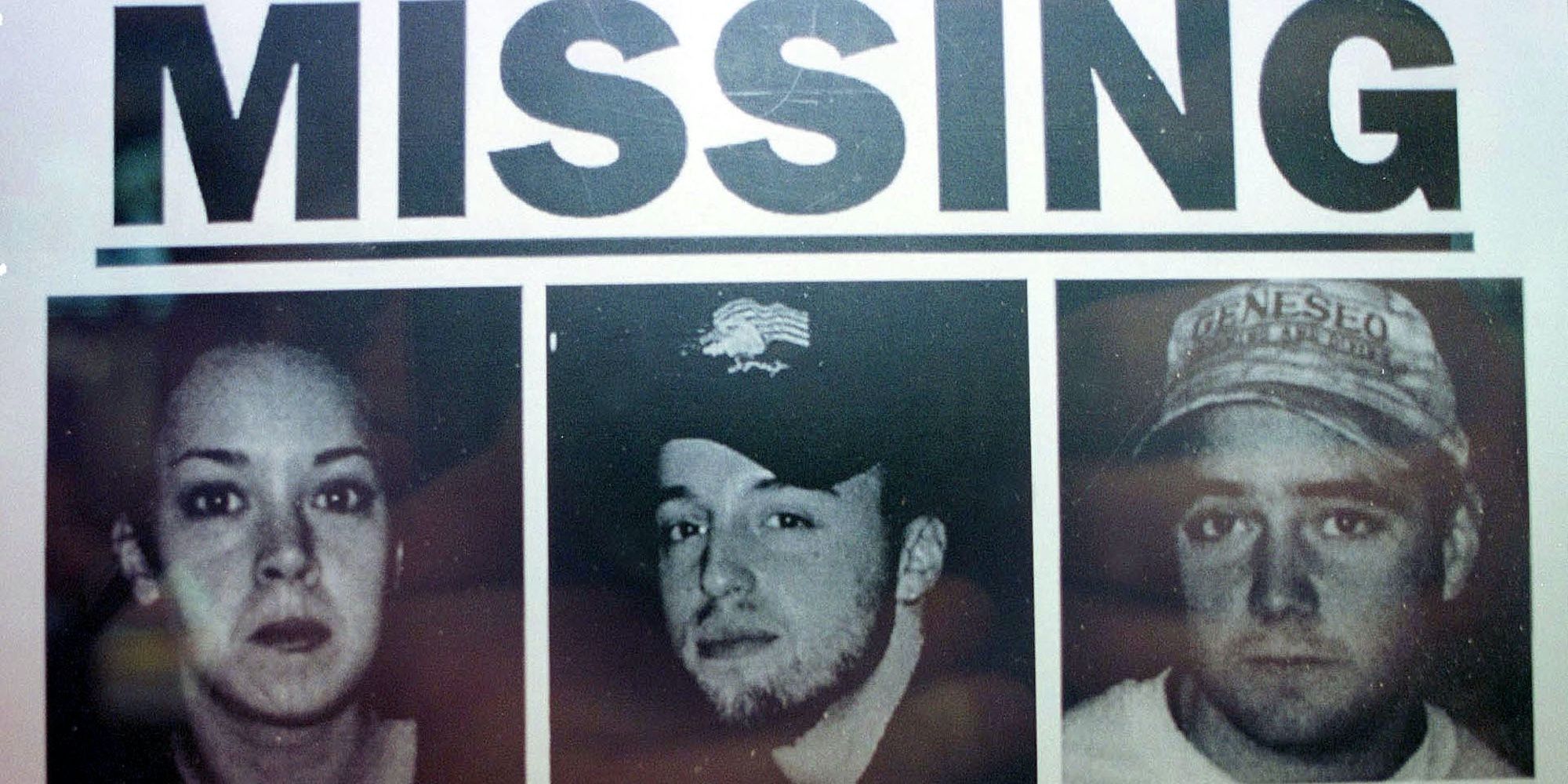The ‘90s have been notoriously known for being the worst decade for horror films to many horror enthusiasts. The things that entertained audiences in the ‘80s didn’t amuse them to the same extent anymore. Huge franchises such as Nightmare on Elm Street and Friday The 13th weren’t as popular as they once were; mocked rather than terrifying viewers. The ‘90s are often known for ultimately killing the slasher genre, yet they are not applauded for evolving it. The '90s were a decade of reflection and cemented the future of what the horror genre is today.
As the 1980s were coming to a close, the 1990s saw a cultural shift happening. The “silliness” of ‘80s movies and TV shows was rejected, and a sense of realism came into place. As opposed to cable family sitcoms, people were starting to get introduced to the internet. Much like the world and culture evolving, the horror genre was growing as well. For the first time, everyday people were able to see real stories on serial killers. Cable television began covering these killers, showcasing court cases and interrogations. While the ‘80s were all about slasher films, the ’90s were more focused on the thriller genre, portrayed in films such as The Silence of the Lambs and Fallen.
There was a sudden shift in the 90s with the slasher subgenre as well. Unlike the original slasher films such as Halloween (1978) or Friday the 13th (1980) that had terrifying antagonists, slasher films of the ‘90s, in a way, mocked this. This can be seen in Wes Craven’s Scream (1996), a self-referential horror film. Craven was known for his iconic slasher films such as The Hills Have Eyes (1977) and Nightmare on Elm Street (1984).
Wes Craven is a genius in that instead of rejecting this newfound slasher genre, he embraced it. Scream is laced with many horror film stereotypes, completely alters the final girl trope, and pokes fun at overused tropes (ex: the first girl to have sex dies). The girls in Craven’s films aren’t stupid, which is a commonly used trope in horror films. In Scream, the characters are well aware of the conventions of this genre. Protagonist Sidney even jokes that all slasher films are the same and pointless. When interviewed for One Last Scream, Craven stated when writing female protagonists, he “...felt with Nancy and Sid in Scream, I wanted to do normal, strong women, not Hollywood big boobs and blond hair and speaking the latest teen slang. I wanted someone who you could picture living next door to you who has that strength of character.”
The ‘90s also brought completely new subgenres to horror. These include the idea of the miniseries: The infamous IT (1990) miniseries starring Tim Curry as Pennywise and Storm of the Century (1999). The ‘90s also usherd in the famous found-footage subgenre, which first terrified viewers in 1999 with The Blair Witch Project.
Aside from the film itself, The Blair Witch Project also introduced new ways to market films. With the internet evolving, it brought new ways of promoting, which can be seen in the marketing of The Blair Witch Project. People lined up to see this found-footage film that they thought was 100% fact. The film was marketed with real-life “missing” signs, and the actors in the movie even were labeled as “missing- presumed dead” on the official IMDB page. They profited in the heightened interest in real murder cases.
Whereas slasher films in the ‘70s and ‘80s were all about blood and gore, horror films of the ‘90s were more psychological based. As mentioned earlier, the idea of real-life serial killers intrigued audiences, which can be seen in films such as The Silence of the Lambs (1991) and Seven (1995). Both films revolved around detectives trying to uncover the secrets of serial killers. The Silence of the Lambs premiered in February 1991 and was one of the year’s highest-grossing films. The film wasn’t focusing on the serial killer Hannibal Lecter’s (Anthony Hopkins) brutal kills, but more on the killer's mind. He helps guide an FBI agent Clarice (Jodie Foster), to find another serial killer. In Seven, retired Detective Somerset (Morgan Freeman) and newcomer Detective Mills (Brad Pitt) tackle to find a new serial killer (Kevin Spacey) who is killing people based on the seven deadly sins.
The ‘90s were a time that showcased real-life murders, such as broadcasting O.J. Simpson and the Menedez Brothers trials for the world to see. Society was mesmerized with documentaries and real-life cases that delved deeper into these infamous killers. As viewers, we feel like we are working alongside these detectives to figure out why killers are the way they are and how to catch the “killer next door.”
Unlike the somewhat campy and dark-comedy feel to many ‘80s slasher films, the ‘90s films were much darker. Where killer dolls and people in masks were once what terrified viewers, now actual serial killers are what viewers need to fear. The ‘90s showed that a killer can be anyone and can be found anywhere.
In recent years, slasher films seem to be swaying back to more of the ‘80s, bringing back iconic slasher films such as Halloween with Halloween Kills (2021) and Child's Play with the new Syfy series Chucky (2021). In the end, the ‘90s were a year of reflection and change. In the way that the audience and society as a whole was changing, the genre had to change with the times. It just took until the later half to completely catch up with the rest of the world.





